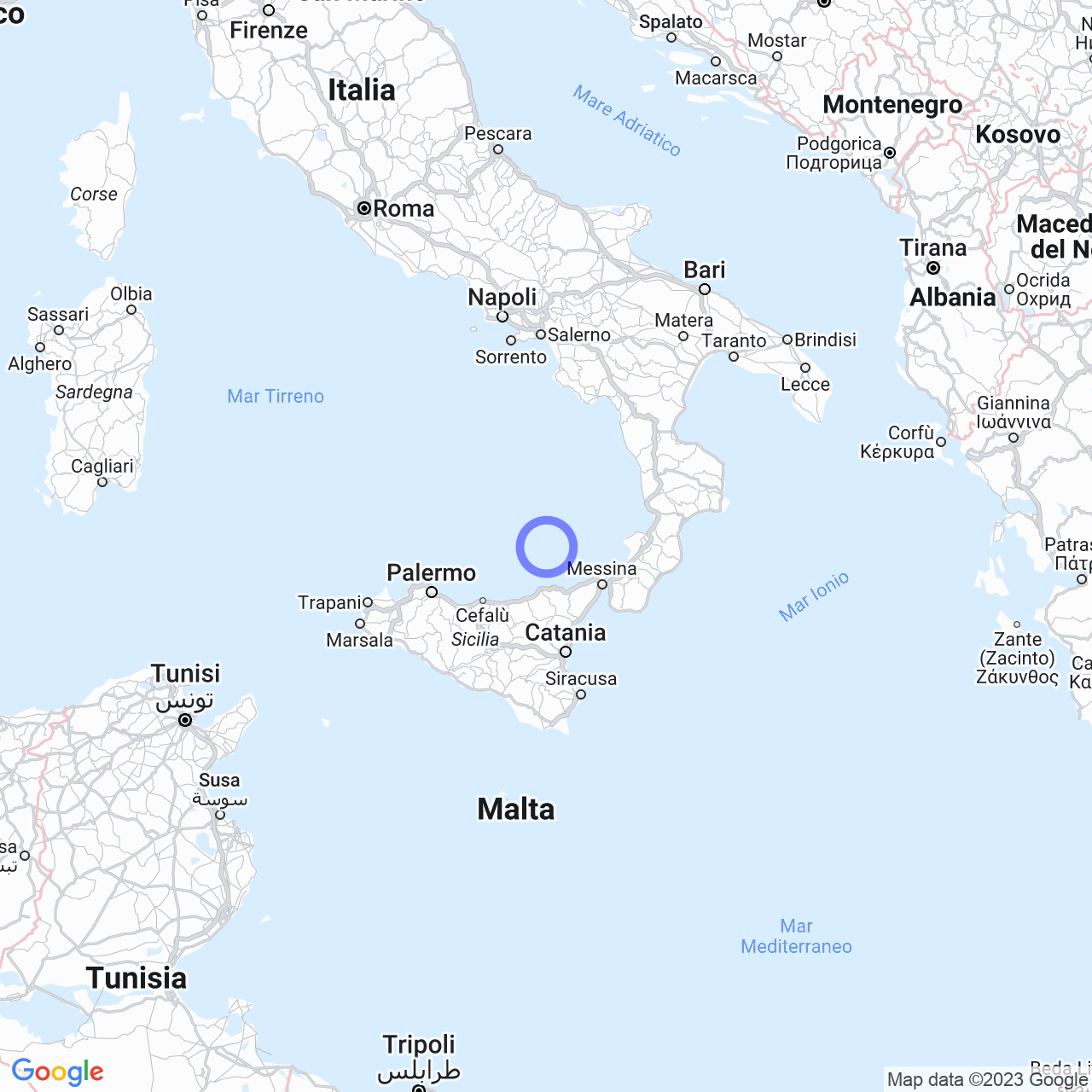Malfa
Malfa: An Unknown but Enchanting Destination
If you are looking for an off-the-beaten-path destination that offers all the charm of the Aeolian Islands, then Malfa is the perfect place for you! Located on the island of Salina, this destination will captivate you with its breathtaking landscapes and ancient history. In this summary, we will talk about the physical geography, the origins of the name, the history, the monuments and places of interest, and the society of Malfa.
Physical Geography: Discovering a Territory Rich in Vegetation
Malfa is located in the northern part of the island of Salina, at the foot of Monte dei Porri and Monte Rivi. The territory is rich in vegetation, including Eucalyptus globulus, Acacia, Ulmus minor, Quercus ilex, and many others. The town is situated on a small plateau overlooking the sea, while the hamlet of Pollara overlooks a cliff bay. The municipality occupies about a third of the island.

Origins of the Name: A Millenary History
The name Malfa derives from the Arabic ''marfa,'' which means "anchorage, port." According to another hypothesis, the name would instead derive from the maritime republic of Amalfi, as a group of navigators from that city settled on the island in the twelfth century.
History: From the First Colonizations to Amalfitan Refugees
Salina was already inhabited in the fifth millennium BC and subsequently colonized by the Greeks and Romans. In the twelfth century, Amalfitan refugees landed in Malfa and populated the island. In 1867, Salina became an autonomous municipality, separating from that of Lipari, and in 1909, it split into the three municipalities of Santa Marina Salina, Malfa, and Leni.
Monuments and Places of Interest: From Religious Heritage to Unspoiled Nature
Malfa offers many attractions for visitors. Among the most important churches are the church of Sant'Anna, the church of the Immaculate, the church of San Lorenzo Martire, and the church of Sant'Onofrio Anacoreta in Pollara. For nature lovers, the natural reserve Le Montagne delle Felci e dei Porri offers a unique experience immersed in unspoiled nature.
Society: A Mix of Cultures and Languages
As of December 31, 2014, 114 foreigners, equal to 10.32% of the population, were living in Malfa. In addition to the Italian language, the Aeolian dialect is also spoken.
In conclusion, Malfa is an enchanting but little-known destination that will capture tourists with its millenary history, natural beauty, and richness of artistic and religious heritage. If you are planning a vacation in Italy, do not miss the opportunity to visit Malfa and its hidden treasures.
